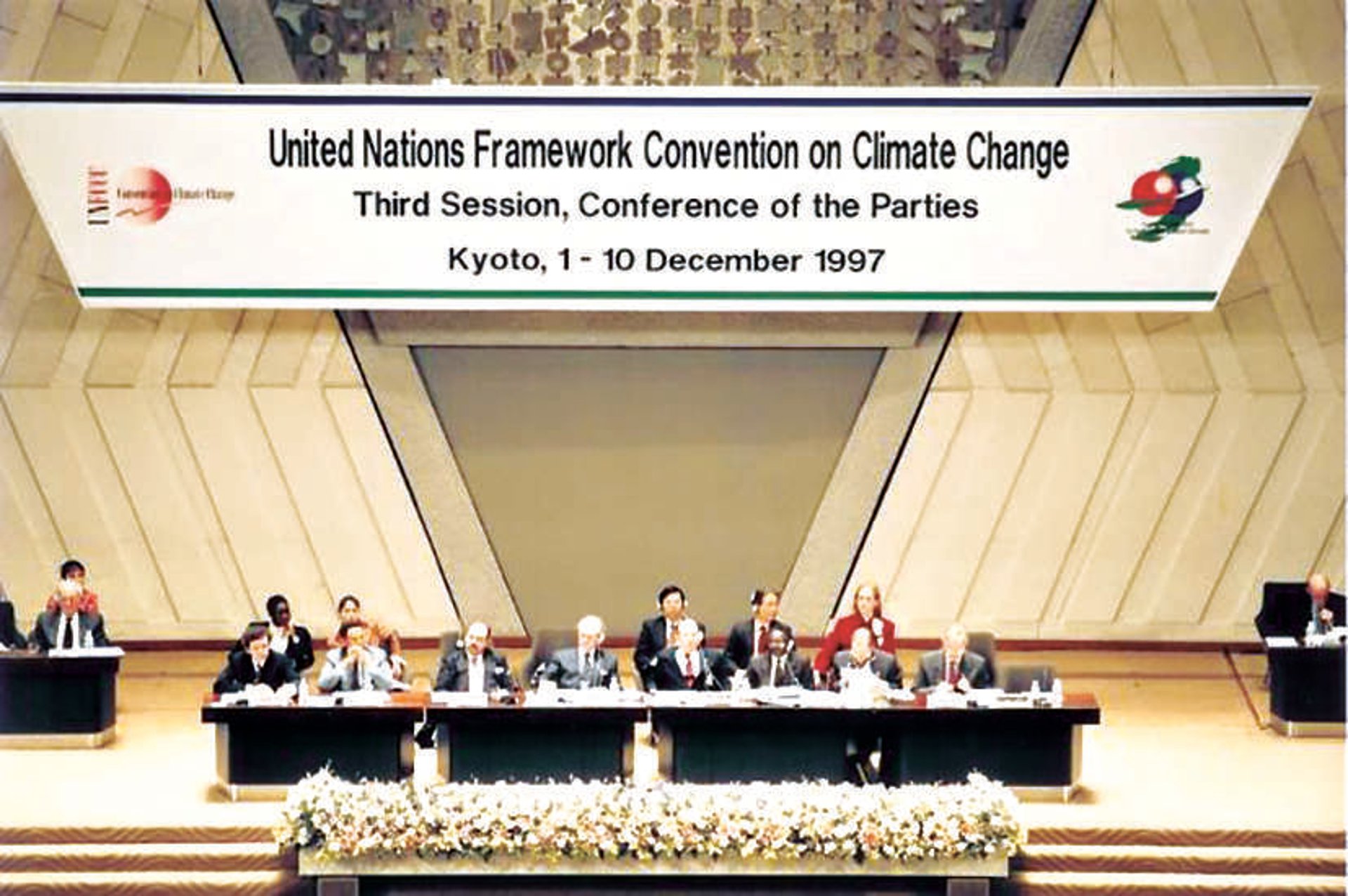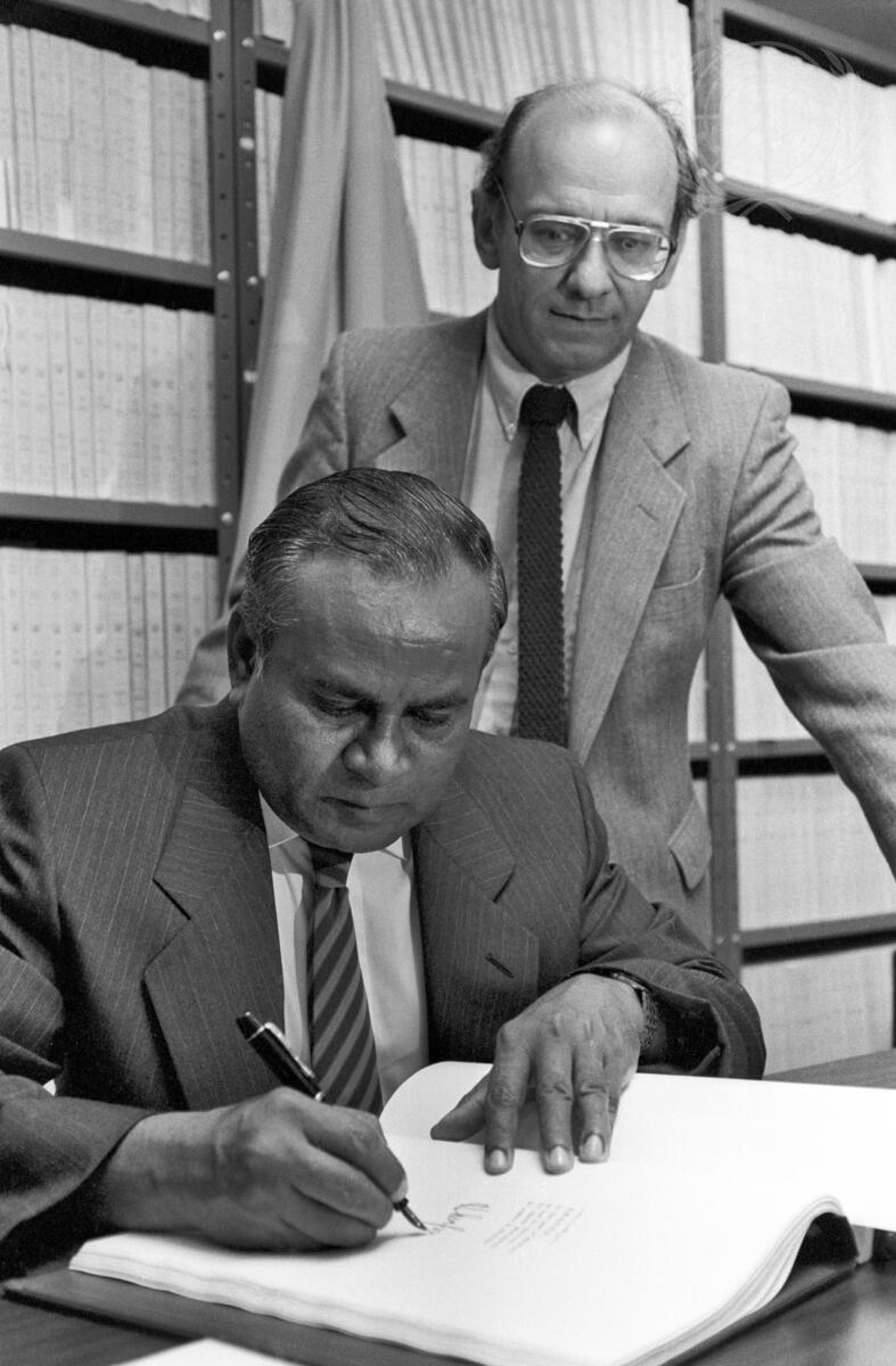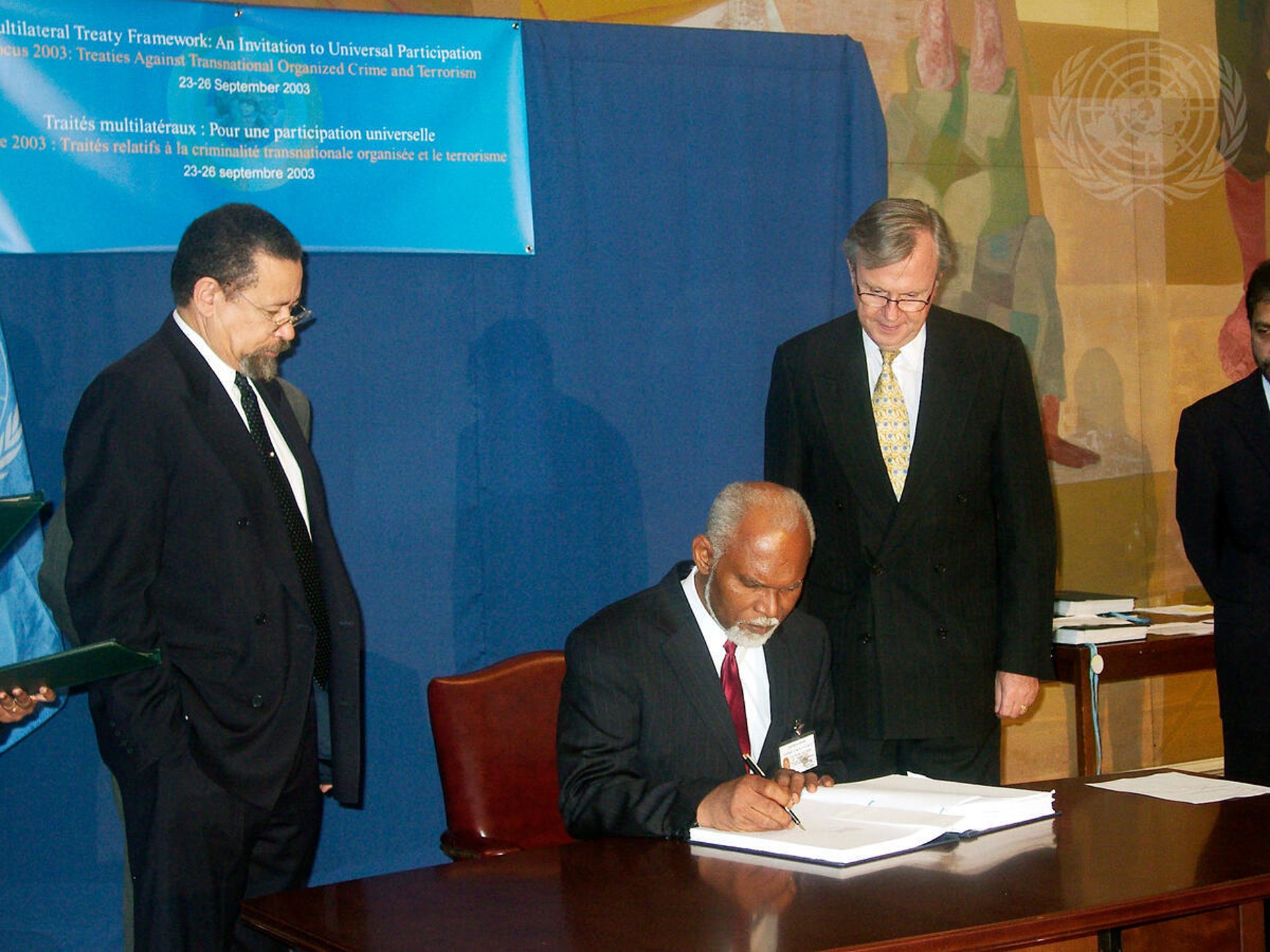Timeline
An overview of the most important international climate policy agreements of the last half century.

2023
The first official assessment of progress under the Paris Agreement, evaluating global collective efforts to meet climate goals. It highlights gaps between current actions and the Agreement’s targets, urging countries to enhance their NDCs and intensify climate action.
Global Stocktake
Dubai, UAE
COP28

2021
Strengthened commitments from countries to reduce emissions, phase down coal use and increase climate finance for adaptation and mitigation.
Glasgow Climate Pact
Glasgow, United Kingdom
COP26

2015
A legally binding agreement where nearly all countries committed to limit global warming to well below 2°C, aiming for 1.5°C, through Nationally Determined Contributions (NDCs).
Paris, France
COP21

2009
Non-binding agreement where countries pledged to limit global temperature increase to 2°C above pre-industrial levels and committed to climate finance.
Copenhagen Accord
Copenhagen, Paris
COP15

1997
Legally binding emission reduction targets for developed countries. It introduced market-based mechanisms like carbon trading. Entered into force in 2005.
Kyoto Protocol
Kyoto, Japan
COP3

1992
Landmark treaty that established the global framework for addressing climate change, with the aim of stabilizing greenhouse gas concentrations.
UN Framework Convention on Climate Change
Rio de Janeiro, Brazil
Earth Summit

1987
An agreement to phase out ozone-depleting substances (CFCs). It's one of the most successful environmental agreements, significantly reducing the ozone hole.
Montreal Protocol
Montreal, Canada

1985
First global framework to address ozone depletion. Led to coordinated research and policy responses.
Vienna Convention for the Protection of the Ozone Layer
Vienna, Austria
Awareness
Bridging gaps in climate policy understanding and action.
contact@climatepolicypractice.org
© 2024. All rights reserved.
Services
Podcast
